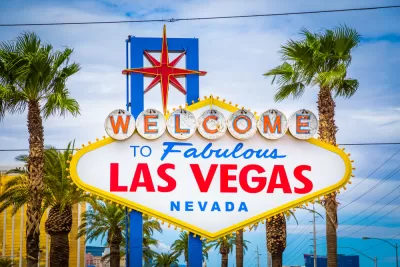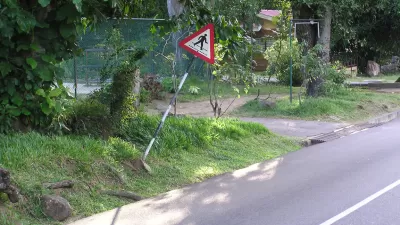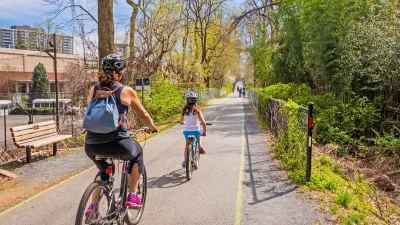Citing data that show a large share of people killed while walking or biking were drunk, some are calling for programs to educate the public of the danger of walking and biking while under the influence of alcohol.

Ed Blazina reports: "Citing research that shows the number of deaths involving drunken pedestrians and bicyclists isn’t falling as fast as drunken driving deaths, the Governors Highway Safety Association is calling on states to increase safety campaigns for walkers and bikers."
The ammunition for the appeal comes in part from a report released this week from the Insurance Institute for Highway Safety, which reviewed data on alcohol-related traffic deaths between 1982 and 2014. "The number of fatalities involving drunken passenger vehicle drivers fell from 51 percent to 32 percent, for pedestrians from 45 percent to 35 percent and for bicyclists from 28 percent to 21 percent," according to Blazina's explanation of that report's findings.
Blazina also reported in late March on a report from the Governors Highway Safety Association, finding a "sharp spike in pedestrian fatalities, which are up 22 percent in the past two years." What's more, "34 percent of the pedestrians who died last year had blood alcohol levels of .08 or higher, which would have made it illegal for them to drive."
In response to those findings, the Governors Highway Safety Association put out a press release calling for anti-drunk driving campaigns to broaden their messages to include all modes of transportation.
FULL STORY: Governors group calls for alcohol safety programs for bikers, walkers

Planetizen Federal Action Tracker
A weekly monitor of how Trump’s orders and actions are impacting planners and planning in America.

Maui's Vacation Rental Debate Turns Ugly
Verbal attacks, misinformation campaigns and fistfights plague a high-stakes debate to convert thousands of vacation rentals into long-term housing.

Restaurant Patios Were a Pandemic Win — Why Were They so Hard to Keep?
Social distancing requirements and changes in travel patterns prompted cities to pilot new uses for street and sidewalk space. Then it got complicated.

In California Battle of Housing vs. Environment, Housing Just Won
A new state law significantly limits the power of CEQA, an environmental review law that served as a powerful tool for blocking new development.

Boulder Eliminates Parking Minimums Citywide
Officials estimate the cost of building a single underground parking space at up to $100,000.

Orange County, Florida Adopts Largest US “Sprawl Repair” Code
The ‘Orange Code’ seeks to rectify decades of sprawl-inducing, car-oriented development.
Urban Design for Planners 1: Software Tools
This six-course series explores essential urban design concepts using open source software and equips planners with the tools they need to participate fully in the urban design process.
Planning for Universal Design
Learn the tools for implementing Universal Design in planning regulations.
Heyer Gruel & Associates PA
JM Goldson LLC
Custer County Colorado
City of Camden Redevelopment Agency
City of Astoria
Transportation Research & Education Center (TREC) at Portland State University
Jefferson Parish Government
Camden Redevelopment Agency
City of Claremont




























